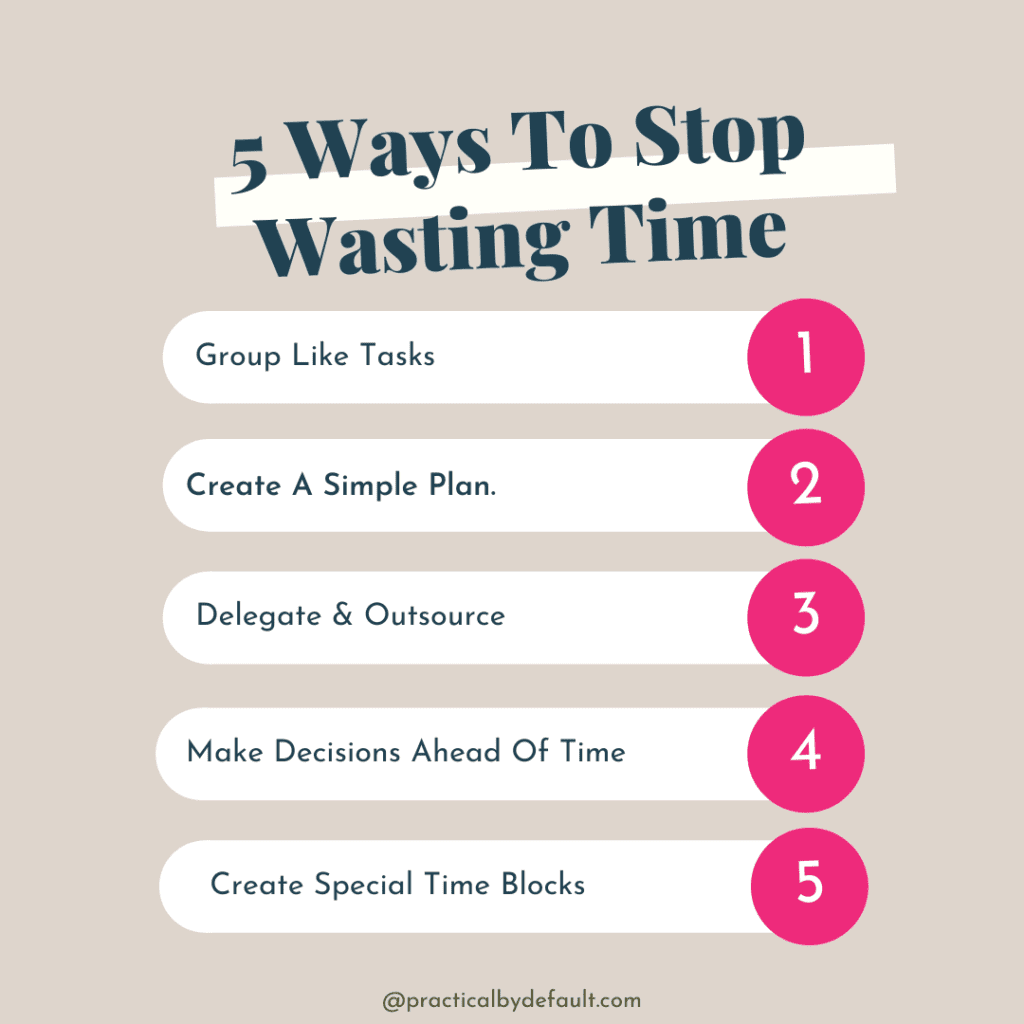In the complex landscape of retail and service operations, efficiency is paramount. When established entities like JCPenney leverage specialized software such as Meevo, the potential for streamlined processes is immense. Yet, amidst the promise of digital transformation, the risk of subtle errors eroding productivity and accumulating hidden costs remains a persistent challenge. This article delves into the critical necessity of identifying and eliminating common operational missteps within the JCP Meevo framework, underscoring the immediate imperative to halt the dissipation of valuable resources and optimize performance.
Editor's Note: Published on June 6, 2024. This article explores the facts and social context surrounding "stop wasting time common jcp meevo mistakes to avoid now".
Understanding the Operational Landscape
J.C. Penney's strategic adoption of Meevo, a comprehensive salon and spa management software, represents a significant investment in enhancing customer experience and operational fluidity across its beauty service departments. Meevo is designed to centralize critical functions, from appointment scheduling and client management to inventory control and point-of-sale transactions. Its implementation aimed to modernize legacy systems, provide richer data insights, and empower staff with intuitive tools. However, the sheer scale of such an integration within a large retail chain inevitably introduces complexities. Initial deployments often highlight areas where user proficiency, system configuration, or established workflows may not fully align with the software's optimal capabilities, creating fertile ground for inefficiencies to take root.
"In large-scale system deployments, the 'human factor' often emerges as the most significant variable," noted an operational efficiency consultant familiar with retail IT rollouts. "Even the most robust software can falter if end-users aren't fully equipped or if initial configuration overlooks nuanced operational realities. Identifying these friction points swiftly is key to realizing the promised ROI."
The Persistent Problem
Despite Meevo's robust feature set, several common mistakes consistently undermine its effectiveness within large organizational structures like JCPenney. These are not typically software flaws but rather systemic issues stemming from implementation, training, or adherence to best practices. One pervasive error involves inconsistent data entry. This can range from incomplete client profiles and incorrect service bookings to miscategorized inventory items. Such discrepancies propagate throughout the system, leading to inaccurate reporting, billing errors, and compromised customer relationship management. Another frequent pitfall is the underutilization of advanced features. Many users, once accustomed to basic functions, fail to explore Meevos deeper capabilities for marketing automation, detailed analytics, or sophisticated resource management, thus leaving significant potential untapped. Furthermore, inadequate training often leads to staff improvising workarounds, which can create data silos or introduce manual steps that negate the software's automation benefits. Finally, a lack of regular system audits or feedback mechanisms means that minor, repetitive errors can go unaddressed for extended periods, accumulating into substantial time and resource drains.
